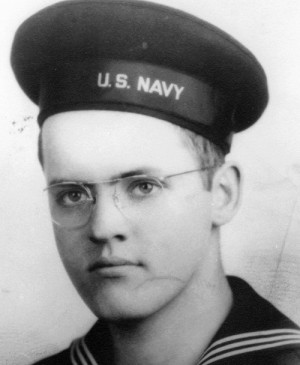On May 15, 1942, a bill establishing a women’s corps in the U.S. Army becomes law, creating the Women’s Auxiliary Army Corps (WAACs) and granting women official military status.
In May 1941, Representative Edith Nourse Rogers of Massachusetts, the first congresswoman ever from New England, introduced legislation that would enable women to serve in the Army in noncombat positions. During her husband John J. Rogers’ term as congressman, She had been active as a volunteer for the Red Cross, the Women’s Overseas League, and military hospitals. It was her work inspecting field and base hospitals that lead to President Warren G. Harding appointing her as his personal representative for inspections and visits to veterans’ hospitals throughout the country in 1922. She was eventually appointed to the Committee on Veterans’ Affairs, as chairwoman in the 80th and 83rd Congresses.
The bill to create a Women’s Auxiliary Army Corps would not be passed into law for a year after it was introduced. With the attack on Pearl Harbor as an incentive, the WAACs gained official status and salary—but still not all the benefits accorded to men. Thousands of women enlisted in light of this new legislation, and in July 1942, the “auxiliary” was dropped from the name, and the Women’s Army Corps, or WACs, received full Army benefits in keeping with their male counterparts.
The WACs performed a wide variety of jobs, “releasing a man for combat,” as the Army, sensitive to public misgivings about women in the military, publicized. Women’s jobs ranged from clerk to radio operator, electrician to air-traffic controller. Women served in virtually every theater of engagement, from North Africa to Asia.

WWII era WACs operate switchboard. The Army thus became the first of the services to enlist women during WWII.
Here is how World War II generals felt about the WACs:
General Douglas MacArthur called the WACs “my best soldiers”, adding that they worked harder, complained less, and were better disciplined than men. Many generals wanted more of them and proposed to draft women but it was realized that this “would provoke considerable public outcry and Congressional opposition”, and so the War Department declined to take such a drastic step. Those 150,000 women who did serve released the equivalent of 7 divisions of men for combat. Gen. Dwight D. Eisenhower said that “their contributions in efficiency, skill, spirit, and determination are immeasurable”.
It would take until 1978 before the Army would become sexually integrated, and women participating as merely an “auxiliary arm” in the military would be history. And it would not be until 1980 that 16,000 women who had joined the earlier WAACs would receive veterans’ benefits.







 Check out my other blog
Check out my other blog I'M PUBLISHED
I'M PUBLISHED I'm Published Again
I'm Published Again









I really enjoyed this post. I’m trying to figure out what I want to do when my grandmother’s diary ends at the end of December, 1914. One of the ideas that I have is to start a new blog about a great aunt who was in the WACs. I lave quite a bit of information about her–and think ithat it might be fun to learn more about the WACs. But I’m also having a hard time thinking though what the blog would look since I don’t have any diary entries to use as an organizing feature.
LikeLike
Do what I do with my fathers story. I gave no specifics from or about him so I tell his story through the knowledge that he was on the ship and my research is what did the ship do.
LikeLike
This is a great post about their worth and how important the WACS were. I love the comment by MacArthur and that the women were better than the men in so many areas. Sad that it took so long for them to get a veteran’s benefits-horrible
LikeLike